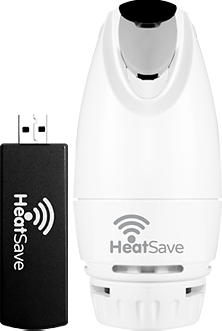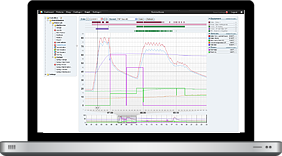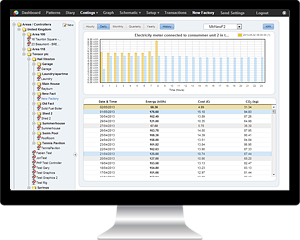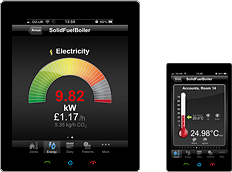Domestic energy customers are £53 a year worse off than 12 months ago, survey says
Domestic energy customers now pay, on average, £53 a year more for their electricity and gas than they did a year ago, a new report by energy market comparison and switching service uSwitch has revealed.
Despite all of the major UK energy suppliers deciding to pass on to their consumers the savings obtained from the transfer or green levies into general taxation, the average value of these cuts is of around £40 or 3%, which means that consumers still pay 4.3% more for their energy than in January last year.
Plus, looking back over a period of just 10 years, the prospects are even more dire, since the average household energy bill has rocketed by £792 or 168%, from £472 a year in 2004 to £1,264 a year by this March.
Ann Robinson, Director of Consumer Policy at uSwitch.com, says: “These cuts are welcome, but simply skim the surface of the hikes that went before them. The fact is that even once the decreases take effect consumers will still be left £53 out of pocket. Even more disappointing is that many won’t even get to feel the benefit this winter while some won’t get to feel the benefit at all.
“What is clear is that there is only so much the Government has been able to do to help consumers – it’s now time for consumers to help themselves. There is £274 difference between the cheapest and most expensive tariffs on the market, which means there is significant scope for consumers to give themselves a real price cut by shopping around and particularly looking at what small suppliers have to offer.”
Although switching suppliers in order to get the best possible tariff is certainly a very good idea, the best way to achieve solid savings in terms of energy expenditure is to optimize the way in which your heating system is being run, and this is specifically where HeatingSave can put its extensive experience in the field to very good use.
Building Energy Management Systems are capable of delivering extensive monitoring and control options, compared to basic controls. They typically employ data from a variety of sources (boiler flow and return sensors, internal and external temperature sensors, occupancy sensors, humidity sensors, etc.), and enable the perfect optimization of a building’s boiler-based central heating system.
If you’d like to find out more about HeatingSave’s accreditations, just visit the dedicated section on our website, and for any other information, just get in touch with our dedicated product team.






